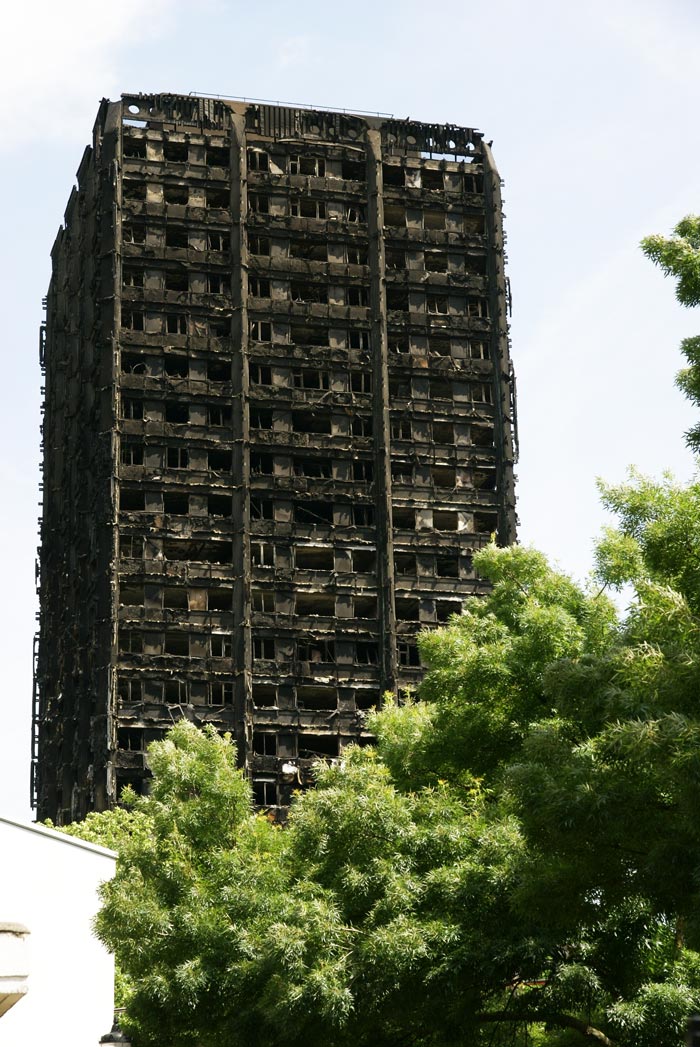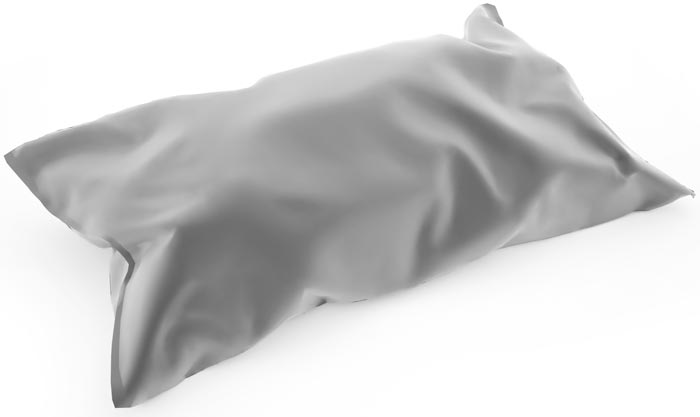It’s almost a year since the fire at Grenfell Tower in west London – an awful event taking so many lives and causing distress to those who survived.
You may recall concern at the time for a number of pets there, as some people had tried to move their pets safely and had lost them, or had let them loose in the hope they would run to safety.
Reunited stories
As a veterinary nurse living in London, I saw numerous calls to try to identify stray cats and dogs around the area, and reunite them with owners – a difficult enough job when owners are well and living at home, but an awfully difficult task when people are unwell, missing or displaced from their homes.
Some wonderful stories came out of pet and owner reunion, and as part of #teamvet #planetrvn, I was very proud to see these stories, knowing the hard work this would have taken.
All of this got me thinking about what I do for pet safety in my own home – a London flat. I understand the stress of moving pets downstairs and out of a building in a hurry – it’s quite a mission and needs planning. I got great advice from a lovely client many years before, and wanted to share this – and anything I could find to help flat-dwelling pet owners.
Nomination
Before we head into the blog, I’d like to thank Ebony Escalona, founder of Vets: Stay, Go, Diversify (VSGD), and Polly Birch’s family for highlighting this blog as one of the reasons I was nominated for the inaugural Polly Birch Award at this year’s VSGD LIVE! event.
I was humbled people read the blog and thought it was worthy of an award – it made me realise how powerful it was and that I needed to share it more.
For timing purposes, I put the original blog out on my website as soon as I could, so it hasn’t graced vettimes.co.uk… until now.
Safety plan

We work every day to keep our pets safe – avoiding certain flowers in the house for cats, stopping dogs scavenging bad foodstuffs on a walk and carrying out preventive care, such as flea and worming treatments.
That’s all great, but what do you do in an emergency? The awful fire at Grenfell Tower brings this to mind for me. As a city dweller with an indoor cat and a small dog, what would I do if I needed to get out of my flat in a hurry and in safety for me, my pets and others?
Although we all consider fire safety, perhaps it’s time to stop and make a plan for what you would do if the worst happened.
Don’t let pets loose
As a VN, I have my fire training from work that said it’s very unsafe to just open the door and let pets flee. It’s a knee-jerk reaction, but letting your pets loose and hoping for the best isn’t the answer.
Pets will become as disorientated and stressed as we will in a fire, and may not run to safety as you would wish. They are also likely to be a hazard to others escaping, as smoke leads to low visibility, and dogs and cats can become trip hazards for people.
This raises what you might be able to do. The option exists to leave pets behind. I know I couldn’t do this, and it would slow my escape as each step would be a physical and emotional wrench.
I might even get out of my flat, decide the fire doesn’t look so bad and go back to get them, but this is not a good idea.
You need to get out and stay out. If you are planning to take your pets with you, get prepared, make your decision and stick to it.
Moving your pets safely
So, how do you move your pets safely? With pets that don’t want to go in their carrier at the best of times, how will you do this in a time of stress? Do you even have the carrier to hand, and how easy is it to move quickly with a bulky cat basket hitting your knees?
Many years ago, I pondered this. We had two cats and lived on the second floor. I was also nearly finished my VN training, and had notes and case logs in abundance. This was before electronic backups, so it was a paper copy and, for one night, I had all the paperwork at home – normally it was safely spread across work, college and home.
This focused my mind and I told my boyfriend if a fire occurred, he had to get both cats as I would be getting my paperwork. But how would he be able to handle two cats, including one that didn’t like him that much?
Pillow talk

We found out about advice for New York pet owners – use a pillowcase. You can put your cat or small dog in the pillowcase and put a loose knot in the top.
Your pet is safe, it’s easier to carry than a basket and there’s always a pillowcase close at hand. It means you can carry your pet with one hand, leaving the other free for handrails, ladders or helping others.
You can also pass the pet to people outside the building and free your hands up to escape.
It was such a great idea, we put two spare pillowcases under our bed – one slightly larger as “The Flump” (aka Flumpy the chunky fluffy tabby) was a bit of a hippo, but that’s another story.
Prepare for evacuation
Prepping to evacuate your pet during disasters is a whole other blog (food supplies, medication – you need a stock for you and your pet). For everyday tragedies such as home fires, just plan to get out and stay out.
There have been advances on the pillow case advice from all those years ago; there are now pet evacuation sacks that provide a stronger and slightly larger “pillow case” equivalent, so, if you need to evacuate quickly, you and your pet can do so safely.
If you can prep a little, have a few days’ worth of food, a small water bottle and your pet’s vaccination, identification and insurance details ready.
Hopefully, your pet can stay with you, but if it needs to go to a kennel or cattery and your vet surgery isn’t open, having all its details will make life easier for you at that moment.
It’s also worth considering having a spare harness/collar and lead ready – even for cats. Once out of the house, it may be safe to let your pet out of the pillow case, but it still needs to be under control.
Pet emergency plan
My first advice on pets in an emergency was from New York, and it is still great advice. If you want to prepare a little further, a pet emergency plan is available to download and fill in.
The Evacsak or pillowcase is not going to be the answer to all the problems in a quick escape, though, so it’s worth looking at information from the London Fire Brigade. The advice is relevant for any quick escape.
While the Grenfell Tower tragedy has highlighted the urgency for fire-related issues close to me, three floods from water mains, an evacuation from an unexploded Second World War bomb and a gas leak have taken place – all of which are reasons for needing quick, safe escapes from home.
A few minutes’ planning now could save more than one life if the time comes.

Leave a Reply